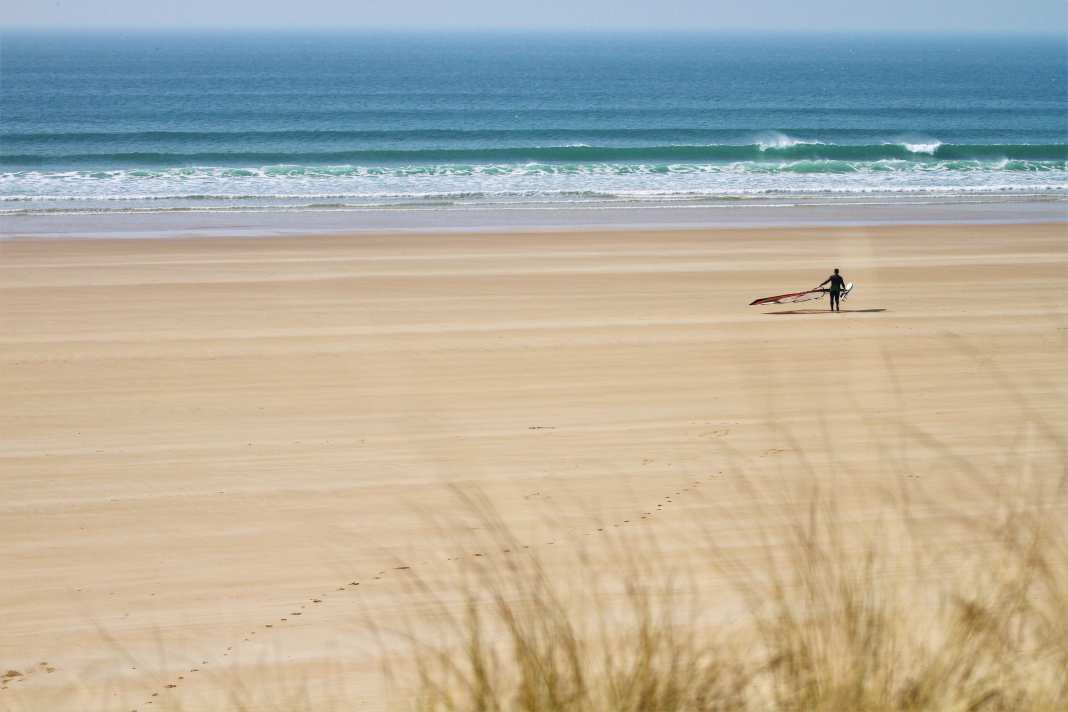





In our latitudes, autumn is the ideal time for really good windsurfing sessions. There's a good chance of catching a decent storm and the water is still reasonably warm. What's more, it's the middle of the season and the surfers and equipment are well attuned. We'll show you a few spot tips for a successful autumn trip!
Zeeland/Netherlands
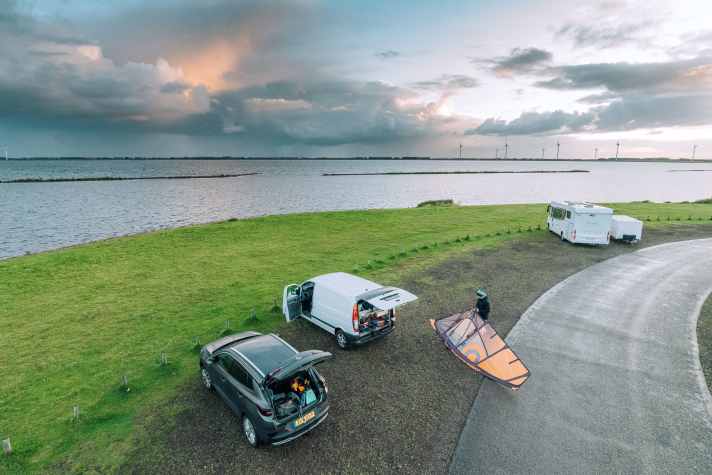
Half of North Rhine-Westphalia has Brouwersdam I learnt to windsurf here and the spot is still one of the top destinations for all skill levels. Not many spots offer such perfect infrastructure, safety and variety. However, there are numerous other, far less populated spots in the surrounding area. Not only the endless sandy beaches along the coast from North to South Holland, but also the inland landscape near Zeeland has its charm and makes the hearts of all flat water windsurfing fans beat faster. From casual freeriders to ambitious freestyle or speed pilots - there really is something for everyone here.
Premantura/Croatia
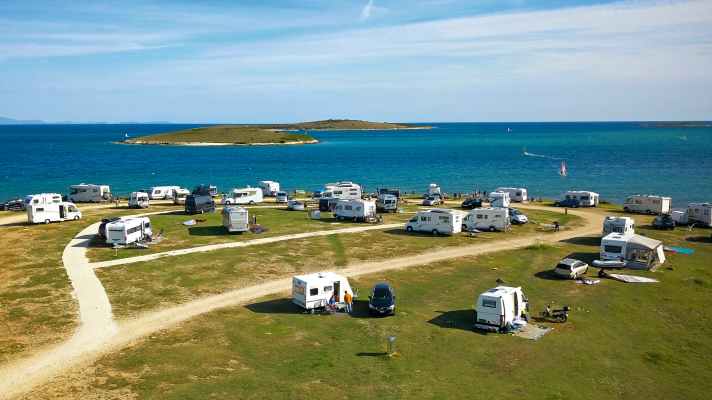
Tame and flat in midsummer, wild and wavy in winter. And in the transitional period? Everything together! On the Istrian peninsula, you'll find everything from freeride slopes to crashing surf spots in a small area. The ideal time for windsurfers is autumn, from September to the end of November - with mild temperatures of around 20 degrees, the Jugo (as the Scirocco is known here) and Bora are often at each other's throats.
Danish South Sea
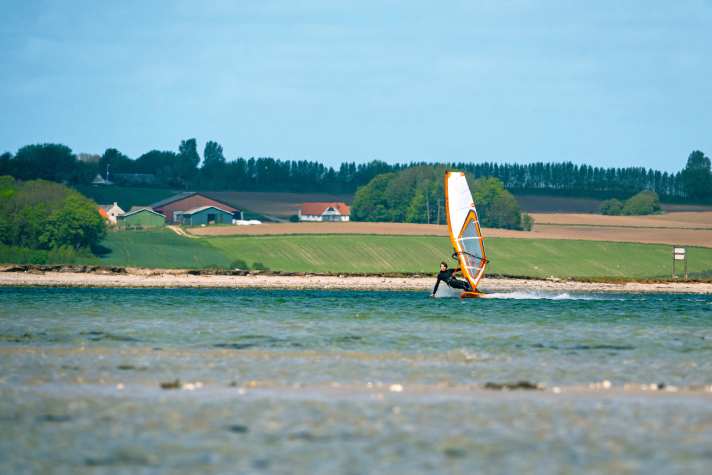
In the South Funen Archipelago with the islands of Langeland, Ærø, Lyø and Funen, you will find empty spots and perfect flat water, with the option of standing water or deeper water for foiling, in a very small area. Both intermediates and freeriders as well as freestyle cracks get their money's worth. Bagenkop on Langeland even has a wave or two for waveriders. The variability of the islands offers a wide range of conditions for every skill level.
The area is perfect for a surfing trip and holidays with non-surfers who don't want to wait out a sandstorm on the North Sea coast. There are also beautiful hiking and cycling trails through the hilly, flooded moraine landscape of the islands, which lead you to idyllic little villages. Each island has its own flair and is worth discovering. The area is suitable for lovers of deserted spots who are not put off by travelling by ferry and can do without surfing infrastructure. But beware: the main season is limited to the summer months - so be sure to check the opening times of accommodation beforehand!
Swedish west coast
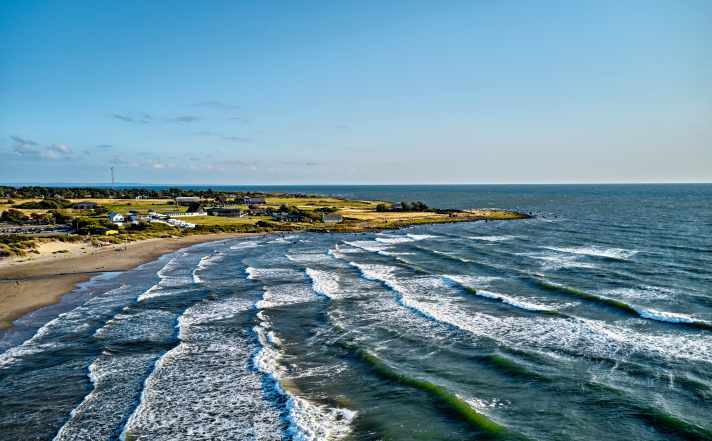
It's rare to find as much choice as on the Swedish west coast between Malmö and Gothenburg in a relatively small area, and the scenery is really beautiful too. Whether with slalom, freeride or wave equipment, the coast with its many nature reserves offers plenty of space and areas for every skill level. From mid-September, the main season comes to an end and it becomes much emptier. The frequency of low-pressure systems, which bring wind and waves, also increases significantly. As the water doesn't get really warm even in summer, a 4/3 and in autumn a 5/3 wetsuit is a good recommendation. Shoes are not absolutely necessary, most of the beaches are sandy. You can get there relatively quickly by ferry to Trelleborg or via the Öresund Bridge, at least from northern Germany.
Mediterranean coast in the south of France
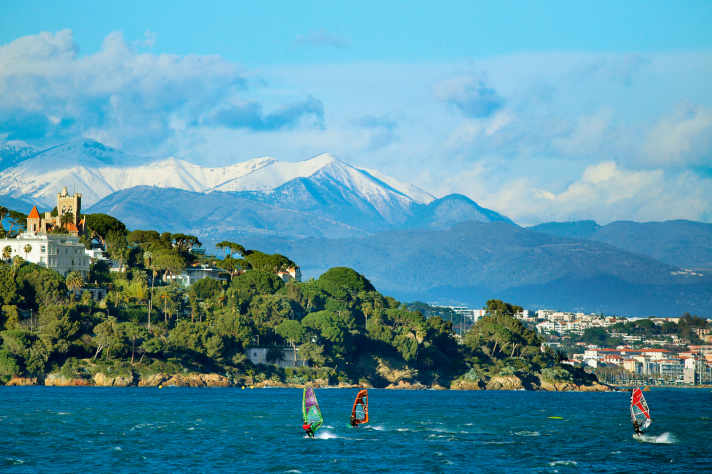
In summer, the Cote d'Azur and other stretches of the southern French Mediterranean coast are packed. But if you come in the off-season and are in the right place at the right time, you will discover the beauty of the region: almond trees in bloom, flat water and wave spots, warm temperatures and the uplifting feeling of having the snow-capped mountains of the Alps in view while riding waves or jibing.
In terms of wind, autumn is the ideal time to visit: the Tramontana originates from the cold altitudes of the nearby Pyrenees and usually comes from the northwest. It blows strongest and most frequently from September to April, often with gale force. East of Montpellier, the Tramontana hands over the sceptre to its no less powerful brother, the Mistral. This weather pattern can occur all year round, although the winter months from October to May are clearly the focal point. The best combination of wind and warmth can be found in late autumn and between April and June.
Ringkøbing Fjord
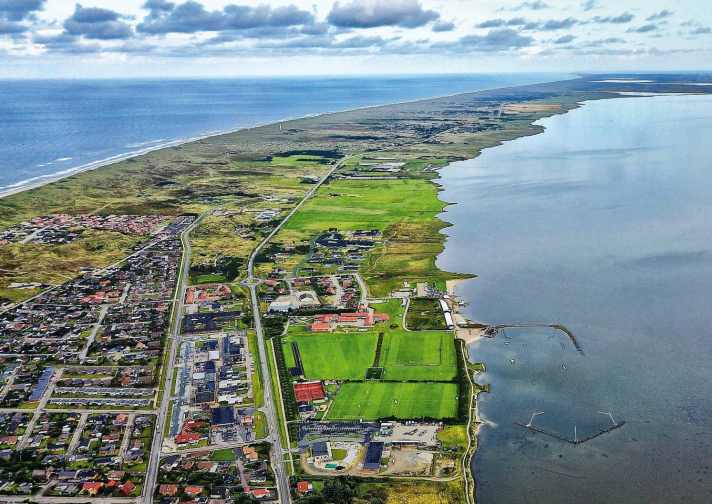
Ringkøbing Fjord in Jutland is probably Northern Europe's best freeride and beginner area - very good surf centres and schools, perfect surf infrastructure, huge, shallow spots and impressive wind statistics. The narrow strip of land Holmsland Klit, which separates the wild North Sea from the shallow Ringkøbing Fjord between Nymindegab in the south and Søndervig in the north, is particularly fascinating. The extensive dunes, from which you have a clear view of both the roaring sea and the 300 square kilometre fjord, exude tranquillity from the very first moment. And for those who like it a bit more gritty, the pier in Hvide Sande also offers crisp wave conditions when the wind is blowing in the right direction!
Tarifa
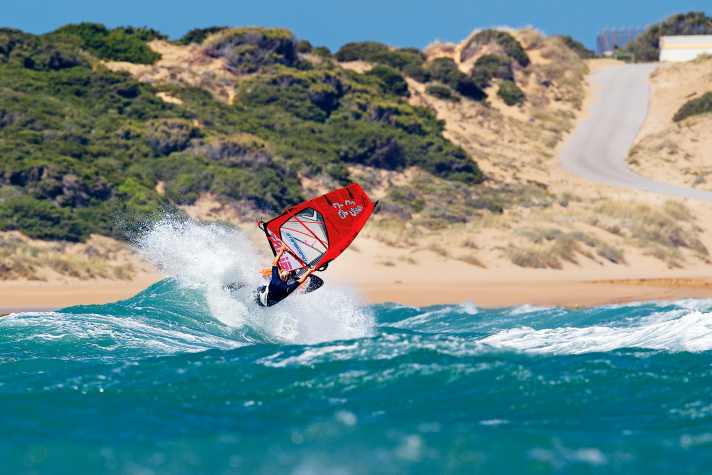
Tarifa is a year-round destination and the windsurfing capital of Europe. Even in winter, the temperatures are bearable (February: water 16 degrees, air 15 degrees), although it does rain more often. From October to April, the overall wind frequency is somewhat lower than in summer with reliable Levante (40 to 50 per cent over 4 Bft.), but the westerly wind Poniente becomes more frequent, which can bring big waves. A warm wetsuit is then advisable. The Strait of Gibraltar is simply a damn windy place and is fully geared towards windsurfers - apart from Haiku on Maui, there is hardly a town where the density of surf bars and shops is greater than here.
Cornwall
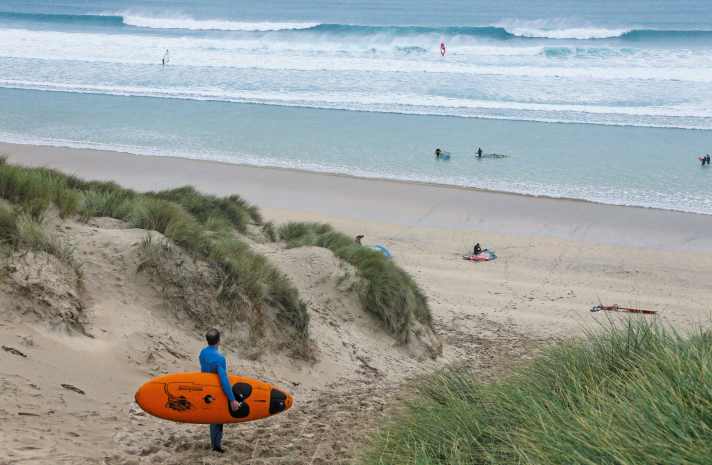
Cornwall is one of the few really good wave holiday destinations that is easy to reach by car - and generally offers mild temperatures well into the winter months. The best time to visit is spring or autumn. In summer it is often too crowded because half of England is on holiday in Cornwall, and the wind is also much more likely in spring and autumn.
Both windsurfers and surfers will find spots with a legendary reputation here. But where you go needs to be chosen carefully. Because just a few degrees in the swell and wind direction can make a huge difference between magical sessions and rather difficult conditions. Another unknown factor in the equation is the tide. At some spots, nothing works at high tide due to a lack of beach, with the waves crashing directly against the rocks or cliffs. The good news, however, is that there is almost always something possible somewhere - and for almost every skill level.
Cotentin/Normandy
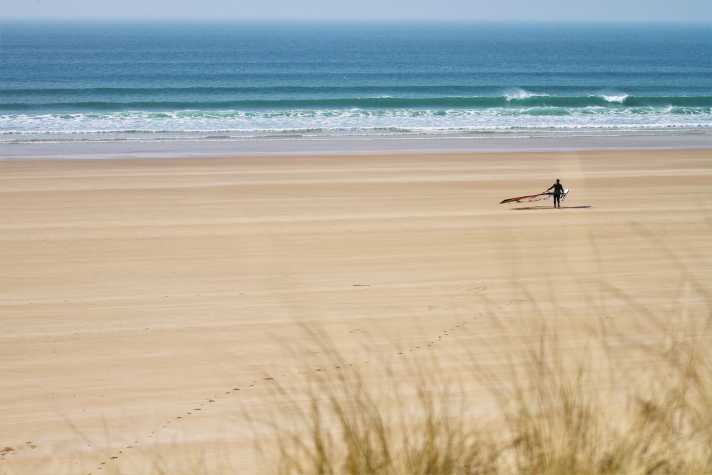
The Cotentin peninsula with the town of Cherbourg juts out into the English Channel in the north of France. Those who find Brittany too wild or too far away will find many different spots here. While you can get to know the rough side of the Atlantic on the west side, the mostly sheltered beaches in the north and east are often gentler - which makes the Cotentin very interesting for a broad target group. However, you must not be a typical "fair-weather surfer", as the peninsula is literally bombarded by passing low-pressure systems, especially between September and April.
Sardinia North
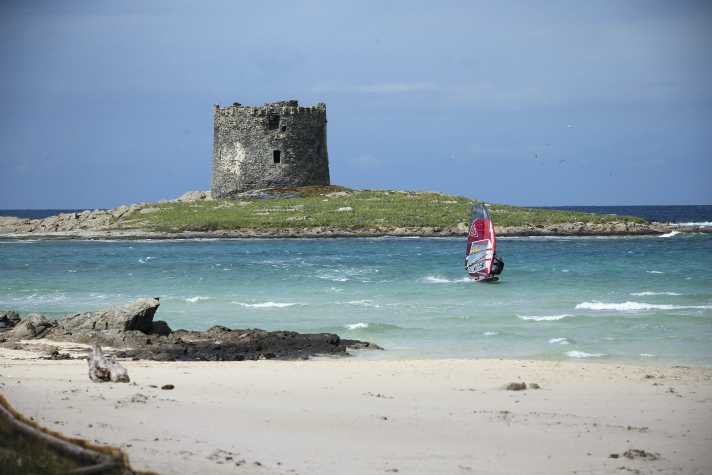
Sardinia is more than Porto Pollo, especially the region around the Stintino peninsula is a real insider tip for autumn. It offers a variety of spots for every surfing level and preference in a relatively small area. From good wave spots to perfect speed spots - there's something somewhere in almost every wind direction. What's more, the wind picks up locally at the headland of Stintino and usually exceeds the predicted values. Where the wonderful white sand is barely visible in summer due to all the beach holidaymakers, it suddenly becomes empty at the end of the main season.
Sardinia then benefits from the foothills of the Mistral. In the region around Stintino, the wind is not as strong as at the famous Porto Pollo spot, where it is accelerated by the strait to Corsica. But the spots around Stintino also benefit from local reinforcements and thermals, so you don't have to rely solely on the Mistral as a source of energy. Alghero in the south offers one of the most beautiful old towns in Sardinia as an alternative programme, as does the nature around the impressive cliffs of Capo Caccia.

